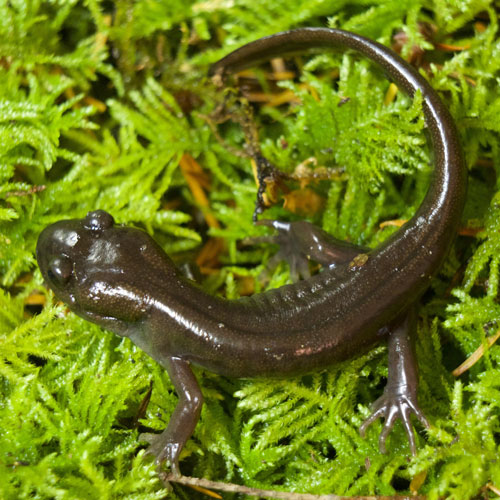Fast Facts
Where they live
- View a map of where they live
- In Washington state found in Cascade and Olympic Mountains
- Prefer quiet water sources including ponds, lakes, marshes or slow moving streams at low elevations
- Stay near the water, except for humid, wet nights can be found in mud or thick vegetation away from water
Breeding
- Breeding season is March-August, as soon as water sources are thawed out
- Eggs are bicolored, black on top and white on bottom
- Eggs are found near shore and are clumped together unattached to anything
- Will not breed in water sources that contain predatory fish
Cool Biology Facts
- Hibernate during winter and have been found buried in mud under up to one foot of water
- When startled will quickly leap into water and dive head first into the substrate
- Skin secretes antimicrobial substance to protect against unwanted infections or pests
Threats
- Major threats include introduced fish in breeding waters and habitat loss and destruction. View their status on the IUCN Red List of Threatened Species.

Amphibians & Reptiles of Washington
Do you know where rattlesnakes live in our state? Or which salamander breathes through its skin? Explore the fascinating diversity of the 26 species of amphibians and 28 reptiles found in Washington state.

